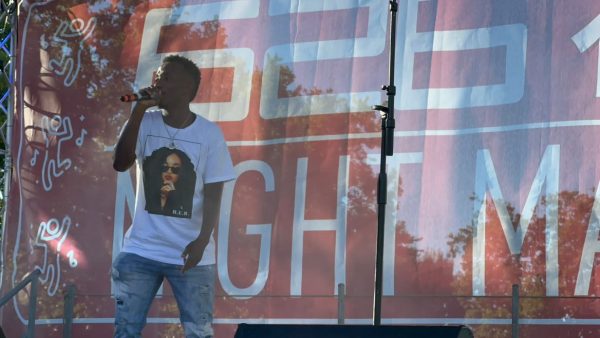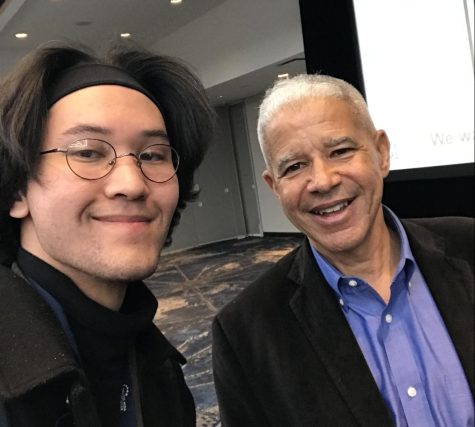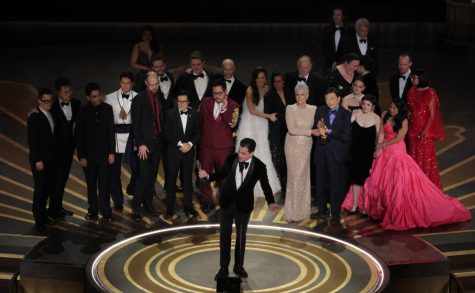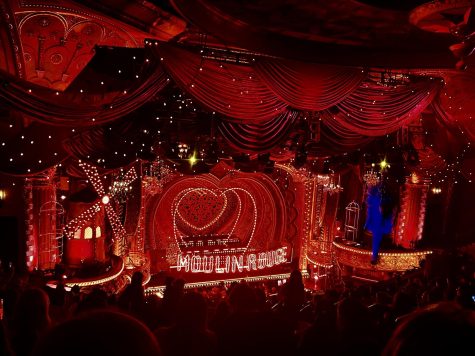Oakland Museum Exhibit Captures Essence of 1960s
May 3, 2012
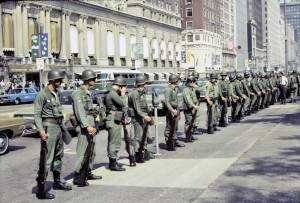
on the political revolution of the 1960s.
The Oakland Museum of California (OMCA) presents an exceptional exhibit to Bay Area residents, highlighting events that occurred during a pivotal year in American history and drawing parallels to today’s Occupy Movement.
The 1968 exhibition was originally organized by the Minnesota History Center, partnered with the Atlanta History Center, Chicago History Museum and the OCMA.
Tragic events, such as the Vietnam War, political demonstrations and the assassinations of Dr. Martin Luther King, Jr. and Robert F. Kennedy impacted 1968 as people demonstrated for justice, fairness and equality. Similarly, the ten-year war in Afghanistan, the financial market crashes and the volatility in the housing market has inspired the Occupy Movement.
Organized chronologically, the exhibit walks attendees through a timeline of events that occurred from January to December of 1968.
Louise Pubols, the OMCA’s Senior Curator of History, is very impressed and delighted with the recognition the exhibit has and continues to recieve.
“Many attendees find meaning and relevance in the 1968 exhibit,” said Pubols. “The OMCA mission is to be to be the museum of people, so we try to bring to our visitors the whole story of the past, and California’s past.”
California is considered to be the breeding grounds for 1960s counter culture and political revolution. Kennedy was killed in Los Angeles, while student inequality strikes took place at San Francisco State University and riots occurred in Berkeley, among other notable events.
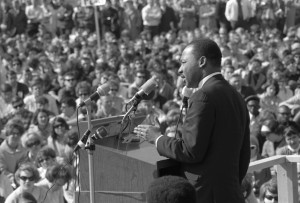
exhibit.
“Growing up in the 1960s allowed me to gain a sense of identity despite the year of significant turmoil,” said exhibit attendee Kenneth Jackson. “My father was a part of the Black Panther movement and during 1968, numerous Black Panther demonstrations took place. Bobby Hutton, a member of the party, was killed a few blocks from where I currently live in West Oakland.”
The exhibit drew parallels between 1960s movements to the Occupy Movement, a political revolution which has expanded exponentially to other states and communities across the nation. It has become a representation of men and women who represent the 99 percent of the U.S., the 340 million strong who are fighting against income inequality, unemployment and the misconduct of Wall Street.
Locally, since October 2011, residents in Oakland have claimed public places and protest on the sidelines of Oakland City Hall. The slogan, “we are the 99 percent,” is widely used amongst many and represent the large gap of income between the 99 percent and the supposed wealthy one percent.
Similar to the Occupy Movement today, a campaign called Resurrection City, lead by Martin Luther King, Jr. in Washington DC in June 1968, was considered the poor people’s campaign and addressed similar issues at hand regarding economic injustice.
“The Occupy Movement comes from a very significant issue in America that did not receive the attention that it deserved before, which is to say there’s an incredible imbalance in wealth which is a huge structural problem that could lead to all kinds of issues for us as a nation, in terms of what we budget for, what we can afford, schools and infrastructure,” said Pubols.
“As an activist in the Bay Area, I have participated in a series of Occupy demonstrations here in Oakland,” said Joymara Coleman. “There is a wide range of similarities that I have noticed in comparison with the events that took place in 1968 and are taking place now.”










